Five reasons to visit unsung Rotterdam instead of overcrowded Amsterdam
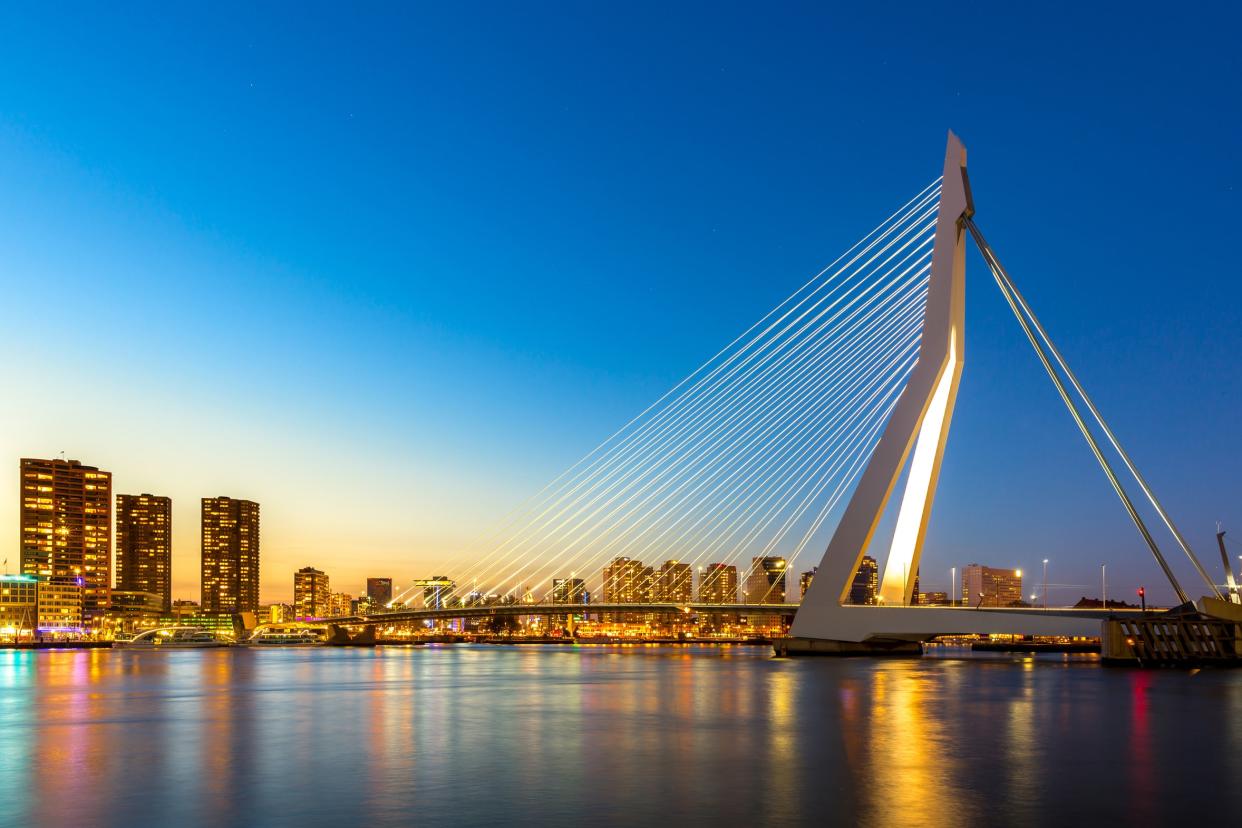
As anyone who has ever watched a support band out-dazzle the more famous artists who are due to follow them onto the stage at a sold-out gig - or seen an under-card boxing match which proves to be far more exciting than the main event - will know, a headline act can often have its thunder stolen by the lesser mortal that comes before it.
This is not to say that Amsterdam is about to play a five-night run of mega-concerts at Wembley Arena, nor that it is set to fight George Groves over 12 rounds. But it is to suggest that this week's belated launch of direct Eurostar trains between London and the Dutch capital might be most of note for where they go on the way to their destination.
Rotterdam has long been something of a back-water in terms of European tourism - lumbered with a grimy image which casts it in the mind's eye as a grey industrial port where nothing but oil tankers and shipping containers are likely to crop up in your camera lens.
That this is a hugely out-dated notion has never seemed to dilute the strength of the picture - but the arrival of flash new rolling stock all the way from St Pancras International just might.
True, Holland's second city was not entirely inaccessible from the UK before this week's developments - you can fly to the airport it shares with The Hague on British Airways (from London City) - and the old, indirect rail route from the UK (changing in Brussels) involves a stop at its Centraal station. But the fact that you can now reach it without clambering out of your Eurostar seat - and without leaving terra firma - is likely to be a real boost for an underappreciated dot on the map.
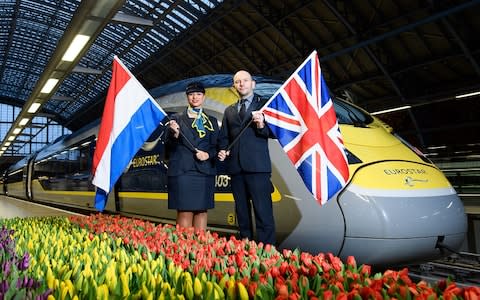
It is worth mentioning at this point that there are certain issues with Eurostar's London-Amsterdam connection - as outlined by Telegraph Travel's Gavin Haines, who was on board yesterday's "inaugural" departure. One of these is the not inconsiderable problem that the service will be one-way until 2019 - as facilities for checking passports prior to the return leg to Britain are not yet in situ. Home-coming passengers must still change in Brussels.
Another is that - although this is certainly not Eurostar's fault - Amsterdam may not be wholly thrilled to see you once you arrive.
This is not to argue that it is not a fabulous city, nor to claim that it is unwelcoming - it is, after all, a vibrant hub of excellent cuisine, era-defining art and legendary nightlife. But it has become something of a victim of its own popularity - to the extent that it is currently trying to staunch some of the flow of people into its historic core. Last month, it announced added restrictions on short-term letting websites such as Airbnb, in a bid to lessen some of the pressure on the local housing market (as of 2019, home-owners will only be able to rent out their properties for a maximum of 30 days a year - a tightening by 50 per cent of the existing limit of 60 days, which was put in place in 2017). There has also been a moratorium on the construction of new hotels in certain areas of the centre - while last autumn saw talk about the "tourist tax" on overnight stays being raised to as much as €10 per night.

None of this will do much to stop people travelling to the city. Nor should it. If you want to glimpse the planet's greatest collection of works by Vincent Van Gogh (at the Van Gogh Museum, somewhat evidently; vangoghmuseum.nl), before enjoying a hot coffee in the bohemian cafes of De Pijp, then Amsterdam is very much for you. It is also unlikely to have people thinking "you know what? I can't be bothered with a Saturday afternoon of queuing along canal-side paths. Let's go to another Dutch city instead". But at a time when weekend trips to the Netherlands are increasingly on the British radar, Rotterdam, with its freshly burnished Eurostar-aided accessibility, is in a prime position to capitalise on its capital colleague's growing concern about its crowdedness.

So should you hop off the train "early"? Rotterdam is, after all, just three hours from London by the new service, rather than three hours, 41 minutes - as is the case with Amsterdam (returns are currently available via Eurostar (0343 218 6186; eurostar.com) from £98). There are several reasons why you might consider it - some of which are laid out below. You can also find further information at en.rotterdam.info and at holland.com.
Five reasons to plan a weekend in Rotterdam
1. The Erasmus Bridge
A bridge is, first and foremost, a way of crossing a channel of water or a railway line - but this dramatic part of the Rotterdam landscape is a symbol of the city's development from swarthy harbour town to cosmopolitan hotspot. A 2,631ft-long (802m) cable-stayed marvel across the New Meuse (Nieuwe Maas) river, it links the north and south parts of the conurbation. It was designed by the Dutch architect Ben van Berkel, was completed in 1996, and is notable for the 456ft (139m) central pylon that supports its length - a graceful giant which has earned the Erasmusbrug a nickname of "The Swan".

2. The Markthal
Rotterdam also finds its modernity in its main indoor market (markthal.klepierre.nl). The Markthal is a hive of humanity at weekends, when its fruits, vegetables, olive oils, cheeses and other delicacies are in wide demand - but it is also worth visiting on the attractiveness of its design alone. Here is a complex, opened in 2014, which resembles a grand horseshoe of steel and glass. With Dutch ingenuity, it is also home to offices, apartments and contemporary artworks, making it much more than a place to buy potatoes.
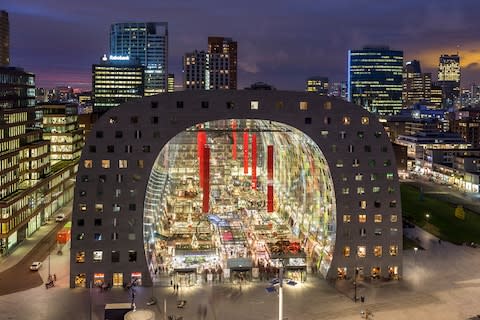
3. The Museum Boijmans Van Beuningen
Impressive cities have impressive art museums. So it proves with Rotterdam and this intriguing maze of canvases and creativity (boijmans.nl). The collection runs from the 15th century to the present day, but finds a particular groove in the mould-breakers of the 19th and 20th centuries - Monet, Kandinsky, Dali and Munch are all here. As is Van Gogh, in the form of his typically colourful yet sombre (1888) Portrait of Armand Roulin - proof that you do not need to visit Amsterdam to glimpse this Dutch master.
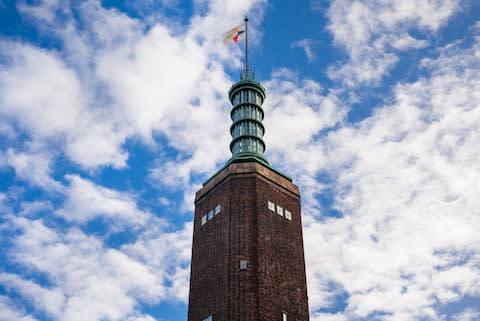
4. Parkheuvel
Rotterdam has many excellent restaurants, but the finest may be this temple of cuisine (parkheuvel.nl/en), which currently boasts two Michelin stars under the tutelage of star chef Erik van Loo. For all its high gastronomy, it is (relatively) affordable - the price of a three-course lunch is fixed at € 57.50. Guests can also go the whole sumptuous hog via an eight-course dinner menu, heavy on beef, oysters, snails and chicken, for €140.
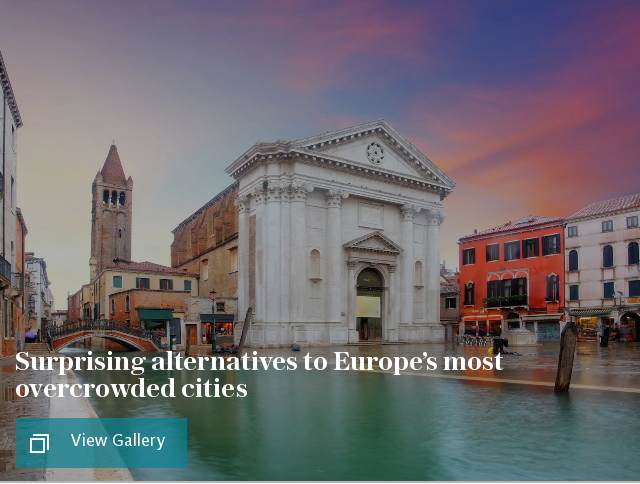
5. Pannenkoekstraat
There are several areas of Rotterdam where you can enjoy a drink or two, with the cafes and bars of the Oude Haven (Old Harbour) proving especially picturesque. Yet there is much to be said for the increasingly trendy Pannenkoekstraat, which stretches out just north of the waterfront. Options here include Pix (levelrotterdam.nl), an oasis of small-bite pintxos and punchy cocktails where you can chat and sip amidst youthful locals.


